In a first globally, the updated Integration and Inclusion Policy makes mandatory provisions for the employment of almost 20,000 educational immigrants that graduate from all Finnish universities and higher education institutions into different sectors. Finland, a trailblazer in education globally, has also become a well-known benchmark with concrete results from the new improved policy for educational immigrants.
The Integration and Inclusion Policy which was first introduced in 2022 was developed following several consultative, collaborative and co-creation sessions with educational immigrants across all Finnish universities. The involvement of Educational Immigrants in different stages of their education, including businesses from all sectors, including the public and third sector took part in a lengthy process. Today, after the reformation – or ‘repair shop’ as some like to call it – Finland has become internationally well-known for its inclusive, adaptive and responsive politics on EIs all over the world. What used to be known as ’Canadian inclusivity’ in the early years has turned to favour ’Finnish consensus’ of the 2030s.
The Policy was approved on May 12, 2022, and it introduced measures including reform of the TE services (Finnish Employment Services), the introduction of mandatory Finnish language classes that focus on working life Finnish, the introduction of mandatory paid internships, and opportunities to work.
The Policy also introduced Migri Reforms and recommended the issuance of residence permits for the length of studies against the punitive yearly renewal regime, which had been a profoundly unsettling problem for the almost 30,000 EIs from the Global South since the early 2000s.
To lead the reform, municipalities pledged to work hand in hand with Student Unions and Universities to conduct a future assessment of municipal developmental goals and skills needed to meet the goals in the region. It has been projected that skills and potentials housed in EI may be the answer to developing municipalities more.
Many of the first generation EI’s from the Global South had prior education, training, and experience in occupations which may be useful to fill in the gaps being experienced with a shortage of skilled and experienced labour in the Finnish labour market. For the first time, this policy recognized that these individuals’ knowledge and skills can be harnessed and utilized faster and more efficiently.
The government held separate talks with the social partners, the Finnish Employment Services and other relevant government agencies on measures to create quicker paths, or ‘fast tracks’, into the labour market, within the Integration and Inclusion Policy framework. A new skills recognition service was introduced to help EIs identify their potentials. This skills service has been researched in universities and designed in collaboration with experienced system designers in Sitra. The policy engaged the commitment from the public, private, and third sectors to employ EIs in crucial departments and not only as cleaners.
The policy reiterates that EIs are visible members of the Finnish society who have a lot to offer to the country’s social, economic, and political growth. The policy also identifies several funds that will be made available to meet the set targets of employing as many EIs across all walks of Finnish life as possible.
This means that the business that needs extra funds to train EIs will be granted monitored subsidies that must be used to pay salaries during and after training periods. The policy also included incentives and initiatives for EIs who choose to establish their own companies and become employers. Subsidies, zero-collateral loans and tax exemptions have been extended to EIs, thus bridging the gaps between all members of the society.
In 2021, Jeremiah A, a Ghanian student from the University of Jyväskylä, spoke on behalf of many:
Finally, this policy gives me hope. I can finally feel like a true member of this society to which I pay a chunk of my salary as taxes from my jobs as both a cleaner and a Wolt driver. I have two Masters’ degrees from Finland and am studying for a Doctorate. Yet, the opportunities available to me have been nothing but jobs that have been physically and mentally draining.
Now to see if the policy will be truly implemented with no loopholes for people to hide behind.” As we look at his situation now, several years further, things couldn’t be better. Shortly after the reformation, he was hired by an international restaurant brand and started as a Logistics Manager for the brand’s northern European branch. However, he quickly proceeded into more demanding posts and nowadays spends half of his time in Southern Europe, where he owns a company importing quality wines to Scandinavia. Academia has had some of his precious time as well, as he occasionally pays visit to his home university as a visiting lecturer.
Jeremiah isn’t one of a kind. After the reform there have been so many new Finns making most of their skills, education and determination. At the same time Finland has seen a major shift in attractiveness for foreign investors and business owners. Studies show that renewed Integration and Inclusion Policy has been one factor in Finland’s recent economic boost.
The reform has encouraged EIs who graduate from Finnish higher education institutions to remain in Finland and become integrated into society and the labour market. Long gone are Finnish brain drains as there are so many who are eager to stay and start their working lives here in Finland.
Charles Mathies and Hannu Karhunen, both proponents of the Inclusion Policy, reminisce:
”There was a radical shift in the public mindset as well. A critical components of knowledge migration are the skills and knowledge of ’prospective’ skilled workers. Training EIs in the necessary cultural know-how is important as they do not require lengthy or complex qualification recognition processes. They augmented the number of skilled workers available to national labour markets and are easier to recruit than importing skilled workers trained elsewhere.”
This successful Policy quotes Papachrissi (2021), ”if we want lively citizens, we have to offer engaging opportunities of interaction”.
Today, Finland has met its developmental goals even as a developed country, as the Human Development Index of those, who live within its borders has been taken seriously. This is what this policy had been designed to do.
The desired results of the Sitra Lab 3 training program are described in the fictional Today 2030 tabloid magazine.
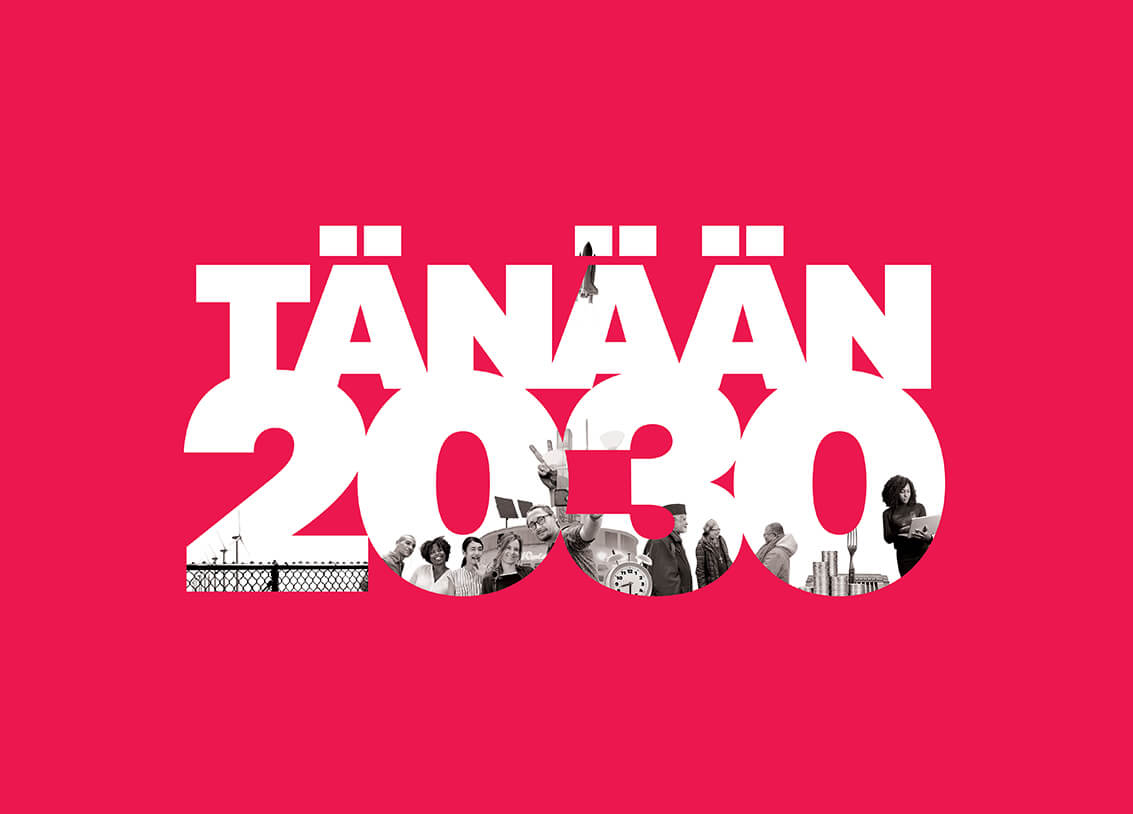
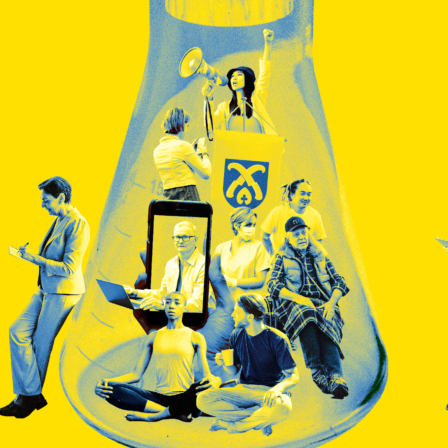
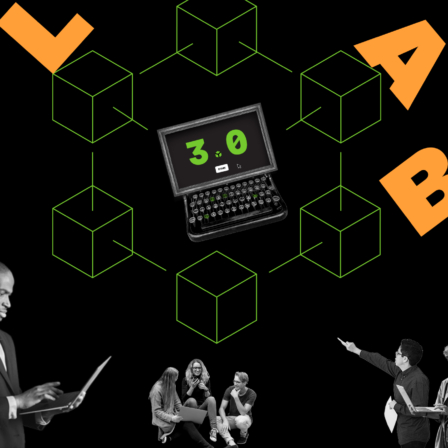
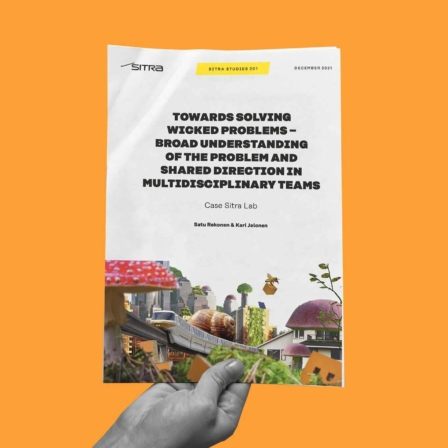



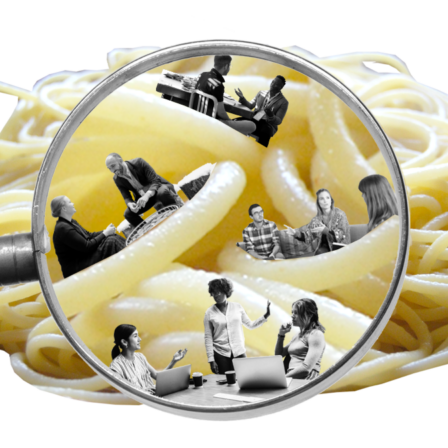

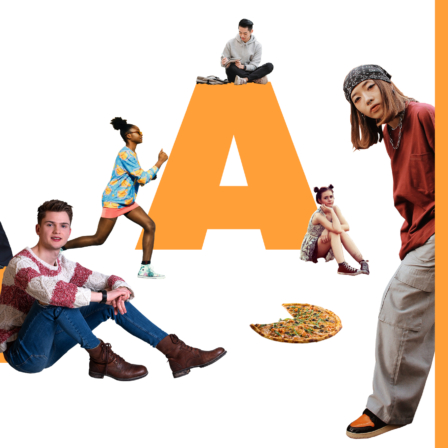





Recommended
Have some more.